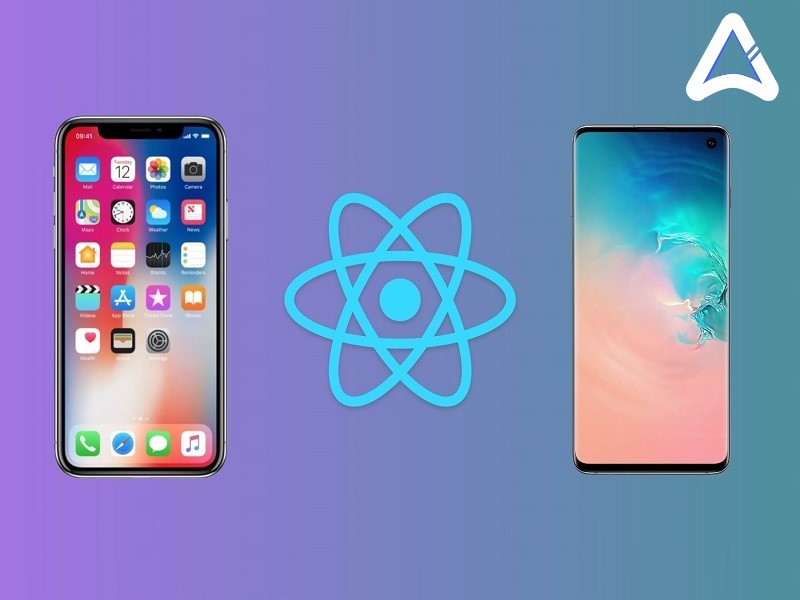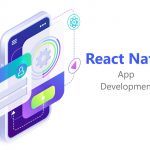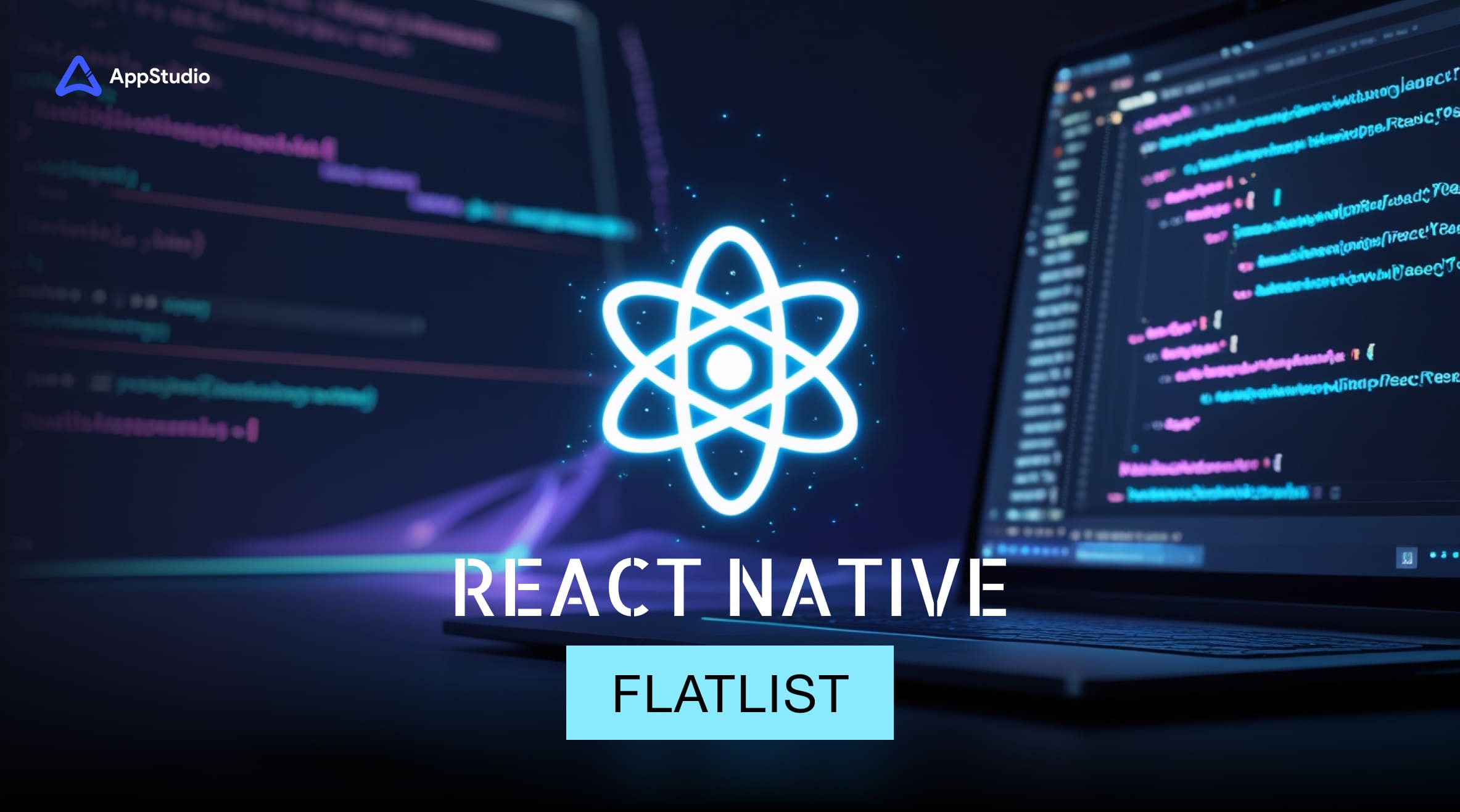React Native is one of the most popular cross-platform application development frameworks that enables developers to develop high-quality, scalable applications. According to many dedicated developers, React Native is the most notable framework because it increases development speed with its open-source libraries and reduces development costs.
However, when practicing the Android and iOS application development procedure using the React Native framework, many developers often experience challenges and make some common mistakes that can spoil the overall application experience. Here in this article, we outlined and explained the seven mistakes to avoid when developing React Native applications to improve performance.
Avoid These 7 React Native App Developer’s Mistakes
Let us move forward with the mistakes that React Native developers are prone to make.
Overlook the Estimation of Layout
One of the basic goals of using the React Native framework is code reuse. However, React native developers often make a common mistake, forgetting that an application page for iOS and Android platforms can vary and differ in terms of its page structure. Lack of experience and knowledge of design rules and design guidelines for Android and iOS devices leads to incorrect estimates. An experienced and trained developer and a mobile app development company should always prepare assessments for iOS and Android separately, as there could be more than one design.
Second, it is critical to check the entire database and backend endpoints to handle the logic and configure the proper codes in your web application development. You should also focus on the validation schema and not just the forms to have validation problems or errors later on.
Read our blog on Flutter vs. React Native
Overlooked Console.Log Statement
Some React Native app developers don’t give console.log statements a high priority. However, this statement simplifies the task of detecting errors from the application very quickly.
Also, console.log statements are the best option for identifying line-of-code issues and finding application performance issues. Sometimes you cannot understand why your application is not working correctly. To detect problems in your efforts, you can rely on the console.log statement. Also, use this statement to ensure the better quality of the application.
Not Optimizing the Images
Enhancing images in a React Native application is an essential component, and optimal focus should be concerned, as an application’s output is highly dependent on image optimization. Not only do non-optimized images require a large amount of memory and storage, but they also significantly reduce the efficiency of the application. To optimize your image effectively, here are some tips.
- Use small images
- Use PNG format.
- For fast loading, capture your images locally.
Improper Planning for the Redux Store
Redux is a tool that helps to effectively manage an application and also allows React Native developers to store the data collected by the application properly. Generally, the tool is used to handle larger and heavier applications, and React Native development companies use Redux tools. However, proper planning is needed to avoid problems. Using Redux more can also increase the total amount of workload, so it is not suitable for small projects.
Not Reading External Modules Properly
For iOS and Android developers, it is not unusual to save time through external modules. In particular, because they come with paperwork, it makes things simpler and faster. Although the modules are divided, most of the time or they may not work as planned. This is why programmers are expected to read the code and consider the move to be one of the React Native best practices—doing this helps to understand what is wrong with the module and how to fix it.
No Unit Test
Some developers are not very attentive when creating their applications. Indeed, you can find multiple apps running smoothly without undergoing unit testing. However, it is not an appropriate approach.
Although unit testing is not a requirement, you need to ensure that your application segments work independently. You need to check the application functionalities with this unit.
Also, we think it is a big mistake when developing React Native applications. You should unit test each component and keep track of any errors.
No Analysis Of The Outer Module Codes
Some React Native mobile app developers add external modules to the app development project. However, they make the mistake of avoiding external module codes. These external modules can have some problems. Moreover, they do not work the way we want them to do. Therefore, proper analysis is vital for the application to run smoothly.
Concluding Thoughts
To conclude, you should steer clear of the above-stated common mistakes when developing a React Native mobile app. When you are developing an application for the first time, it is best to avoid these mistakes by connecting with a react app development company. Because a small mistake can delay the overall development, so save time and money by following the correct steps during mobile app development.








